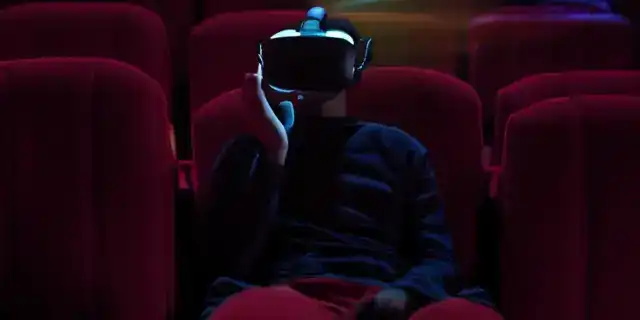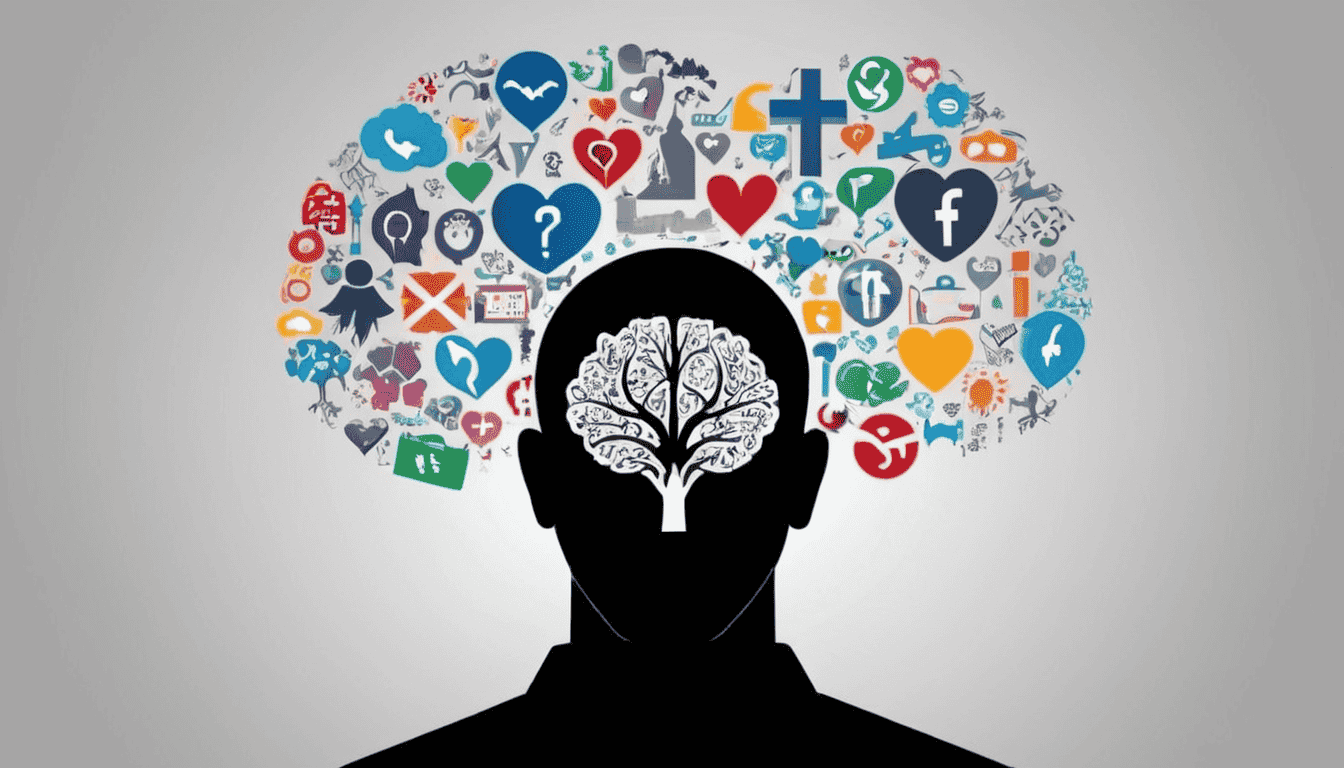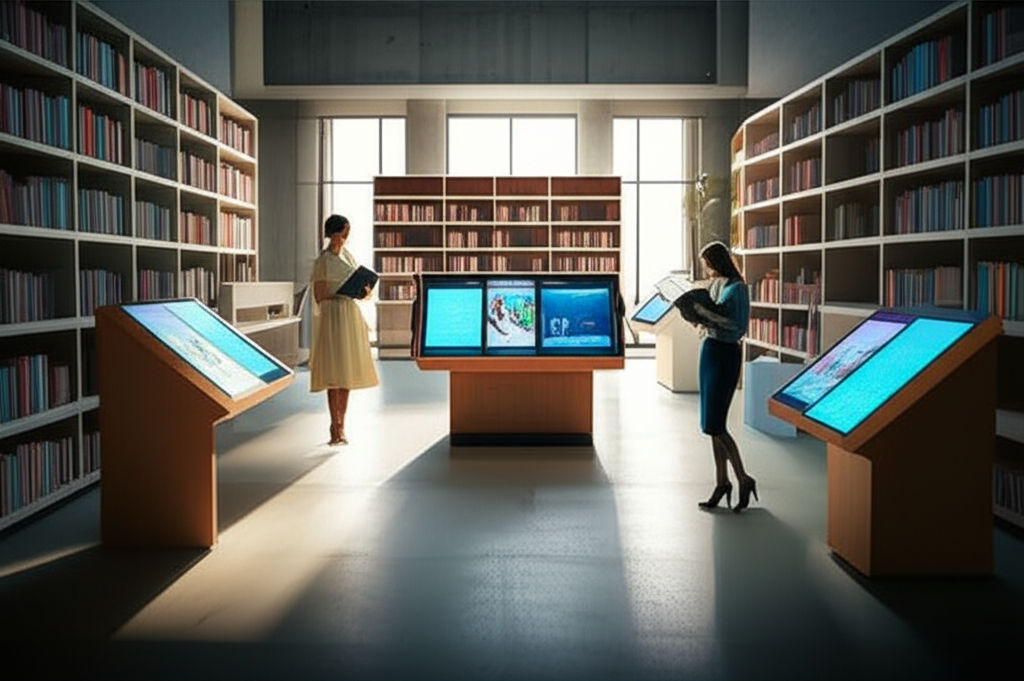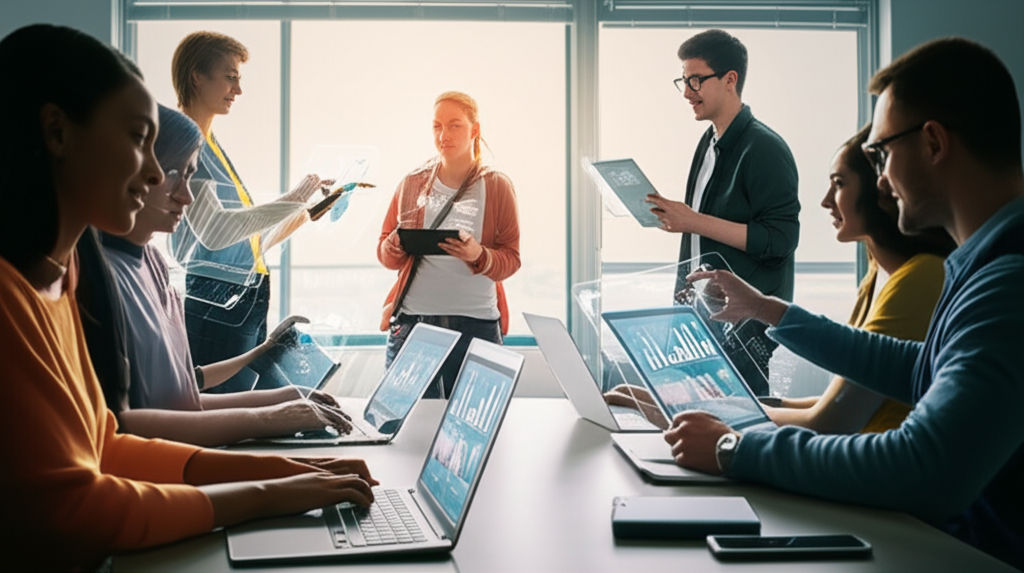Design Thinking: Foster Innovation in Ed
Emily Willis

Photo: Design Thinking: Foster Innovation in Ed
In today's rapidly evolving world, the traditional models of education often struggle to keep pace with the dynamic needs of learners and the challenges of the future. We're constantly asking: How can we better prepare students for a world that's constantly changing? How can we make learning more engaging, relevant, and impactful? The answer, increasingly, points towards a powerful framework that’s transforming industries worldwide: Design Thinking.
Imagine an approach that puts the learner squarely at the center, encouraging creative problem-solving, collaboration, and a deep understanding of real needs. That's precisely what Design Thinking brings to the table for fostering innovation in education. It's not just a buzzword; it's a human-centered methodology that empowers educators, students, and administrators to tackle complex educational challenges with fresh eyes and innovative solutions.
This article will dive deep into the world of Design Thinking, exploring its core principles and demonstrating how it can revolutionize learning environments, curriculum development, and school culture. Whether you're an educator, a parent, an administrator, or simply someone passionate about the future of learning, get ready to discover how this transformative approach can unlock unprecedented levels of innovation in Ed.
What is Design Thinking, Anyway? (And Why Does Ed Need It?)
At its heart, Design Thinking is a non-linear, iterative process that teams use to understand users, challenge assumptions, redefine problems, and create innovative solutions to prototype and test. It’s less about a rigid set of steps and more about a mindset – one that embraces empathy, experimentation, and continuous improvement. Originating largely from the design and business worlds, its principles are remarkably adaptable to virtually any field, especially education.
Think about the traditional educational system for a moment. Often, solutions to challenges (like low student engagement or outdated curriculum) are developed from the top down, based on assumptions about what students or teachers need. This can lead to solutions that miss the mark because they don't truly address the root causes or reflect the lived experiences of those directly affected.
This is where Design Thinking steps in. It flips the script by prioritizing empathy – deeply understanding the people you're designing for (students, teachers, parents, community members). Instead of guessing what works, you actively seek to understand their perspectives, challenges, and aspirations. This foundational shift is precisely what education needs to move beyond incremental improvements and towards truly transformative innovation. By focusing on human needs, Design Thinking helps create learning experiences that are more relevant, engaging, and effective for everyone involved.
The Five Phases of Design Thinking: A Blueprint for Educational Innovation
While often presented as a linear process, Design Thinking is highly iterative. You might move back and forth between phases as you learn more. Let's break down these powerful stages and see how they apply to fostering innovation in Ed.
Phase 1: Empathize – Understanding Our Learners' Worlds
This is the cornerstone of Design Thinking. Before you can solve a problem, you must deeply understand it from the perspective of those experiencing it. In education, this means truly stepping into the shoes of students, teachers, parents, and even administrators.
- How to Empathize in Ed:
- Observe: Watch students in classrooms, during recess, or interacting with learning materials. Notice their behaviors, frustrations, and moments of joy.
- Engage: Conduct one-on-one interviews with students, asking open-ended questions about their learning experiences, challenges, and aspirations. Talk to teachers about their daily struggles and triumphs.
- Immerse: If possible, experience a learning activity from a student's perspective. Try to learn a new concept or use a new tool as if you were a student.
- Example: An elementary school noticed declining engagement in their after-school reading program. Instead of just buying new books, they used Design Thinking. They interviewed students about their favorite activities, observed how they interacted with books, and even asked them to draw what they thought a "fun" reading program would look like. They discovered that many students found the current program too quiet and solitary, preferring
Latest ✨
View Allthe ever-evolving landscape of cinema, driven by technological advancements, changing audience preferences and innovative storytelling approaches. The exhibition explores trends such as digital filmmaking, virtual production, the dominance of streaming services, hybrid release models, and the revitalization of cinemas.
Emily Willis
significance of mental health awareness in today's fast-paced world. It discusses the importance of understanding mental health, breaking down stigma, and promoting positive mental health practices.
Emily Willis
Market research: your ultimate business compass. Gain vital insights on customers, competitors & trends to steer your business to growth & success.
Emily Willis
Discover how green technology is revolutionizing the global economy and offering a sustainable future. Explore trends, innovations, and investments shaping this exciting movement and learn how it impacts businesses and our daily lives.
Emily Willis
Business
View All
June 8, 2025
Debt Management for Business StabilityUnlock business stability! Learn strategic debt management to fuel growth & avoid pitfalls. Your comprehensive guide.
Emily Willis
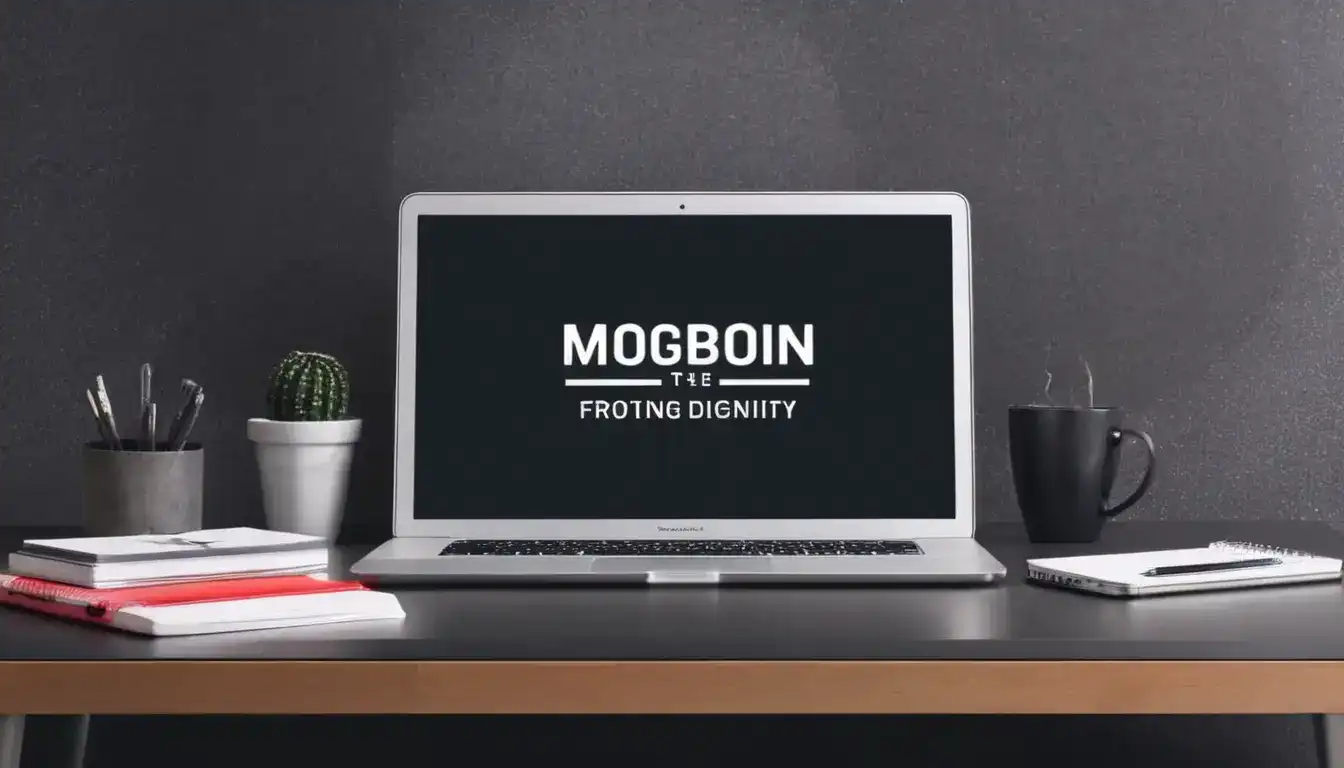
August 4, 2024
How to Build a Strong Brand Identity for Your BusinessBuilding a strong brand identity is essential for business success as it helps differentiate you in the market, connect with your audience, and build loyalty. Key steps include understanding your target audience, defining your mission and values, developing a unique selling proposition, creating a memorable brand name and logo, choosing brand colors and typography, crafting a brand voice and messaging, ensuring a consistent brand experience, leveraging visual content.
Emily Willis

June 8, 2025
Improve Employee RetentionBoost business success! Learn actionable strategies to improve employee retention, reduce costs, and build a loyal, productive workforce.
Emily Willis
Economy
View AllUnlock the world of cross-border investment. Understand FDI, FPI, global trends & their economic impact. Navigate international capital flows effectively.
Read MoreTechnology is now an integral part of our daily lives and economies, driving innovation, boosting productivity, and fueling economic growth. It streamlines research and development, facilitates collaboration, automates mundane tasks, and democratizes innovation.
Read MoreFiscal policy is a crucial tool used by governments to influence economic activity and achieve various objectives. It involves decisions on government spending, taxation, and borrowing. During economic downturns, fiscal policy plays a key role in supporting recovery, stimulating demand, and promoting growth.
Read MoreEntertainment
View All
August 5, 2024
Fandom's Power: Passionate Communities and Cultural ImpactFandoms are dedicated groups of fans who come together around a shared love for a book series, movie franchise, or other interest. They provide a sense of belonging and community for individuals, particularly those who may feel like outsiders in their everyday lives.
Emily Willis
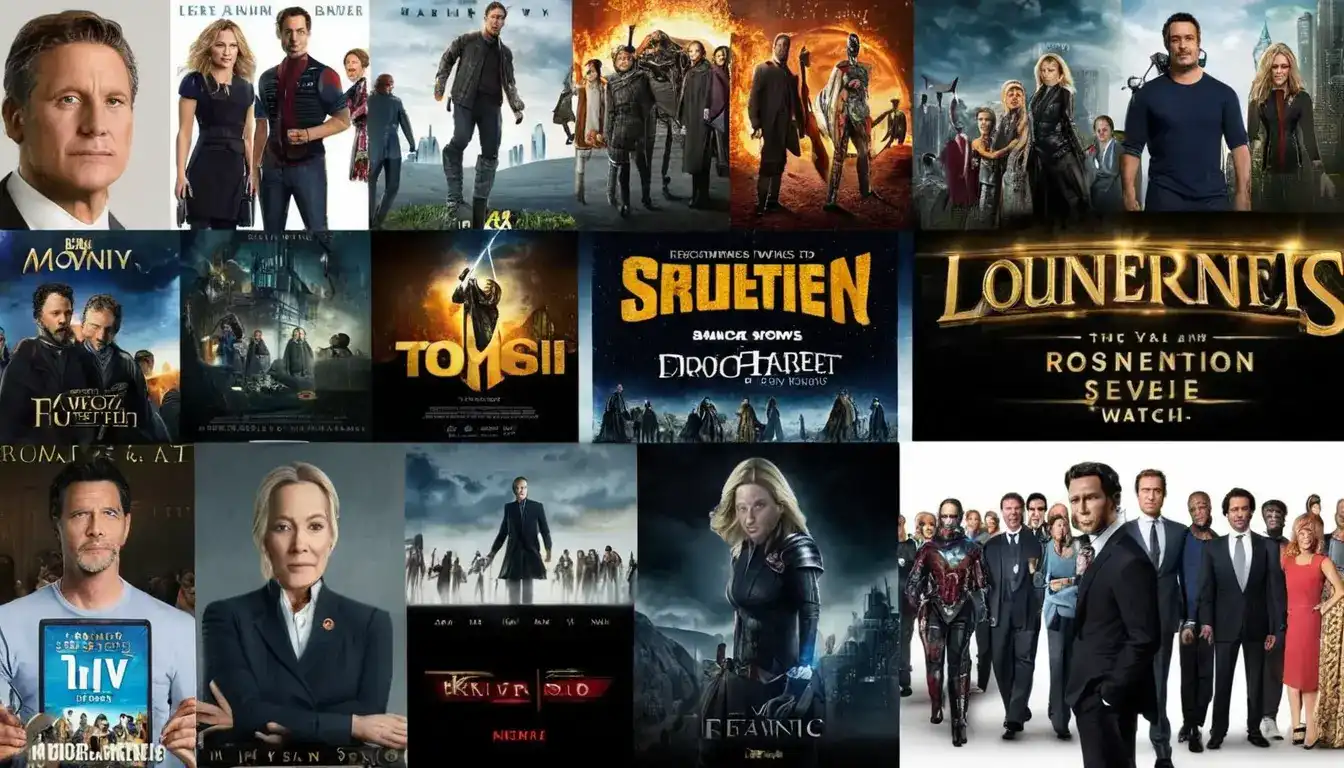
August 4, 2024
Recommended Movies and TV Series to Watch This Yearlist of recommended movies and TV series to watch this year. The movies include "Dune: Part Two," "Spider-Man: No Way Home," "The French Dispatch," "No Time to Die," and "Encanto." The TV series include "Stranger Things: Season 4," "The Mandalorian: Season 3," "The Witcher: Season 2," "Ted Lasso: Season 3," and "Loki: Season 2." Each entry includes reasons to watch, such as stellar cast, visually stunning cinematography, engaging plot, and character development.
Emily Willis

August 5, 2024
Entertainment in Society: Social Impact, Cultural Influence, Economic ContributionsEntertainment is more than just a way to pass the time it has a significant impact on society, culture, and the economy. It promotes empathy, sparks conversations, and drives social change. It reflects and shapes cultural trends, while also preserving traditions. The entertainment industry generates jobs, contributes to economic growth, and drives technological innovation.
Emily Willis
Health
View Allmaintaining good health and well-being through nutritional choices. A balanced diet, incorporating whole foods, staying hydrated, consuming nutrient-dense foods, managing portion sizes, practicing mindful eating, eating regular meals and snacks, considering supplements, and adopting sustainable eating practices are all highlighted as effective strategies for enhancing overall.
Emily Willis
sleep for physical and mental well-being, discussing the benefits of sleep such as physical restoration, brain function, emotional regulation, concentration, and reduced risk of chronic diseases. It explains the different stages of the sleep cycle and provides guidelines for how much sleep individuals of different ages need.
Emily Willis
significance of mental health awareness in today's fast-paced world. It discusses the importance of understanding mental health, breaking down stigma, and promoting positive mental health practices.
Emily Willis
Trending 🔥
View All
1
2
3
5
6
7
8
10
Lifestyle
View AllSports
View AllAugust 5, 2024
Inclusive Playing Field: Creating a Welcoming and Accessible Sports Environment
Read MoreAugust 4, 2024
Sports Technology Innovation: Revolutionizing Training and Performance Analysis
Read MoreAugust 4, 2024
Benefits of Cross Training for Athletes: Improves Performance and Prevents Injuries
Read MoreTechnology
View All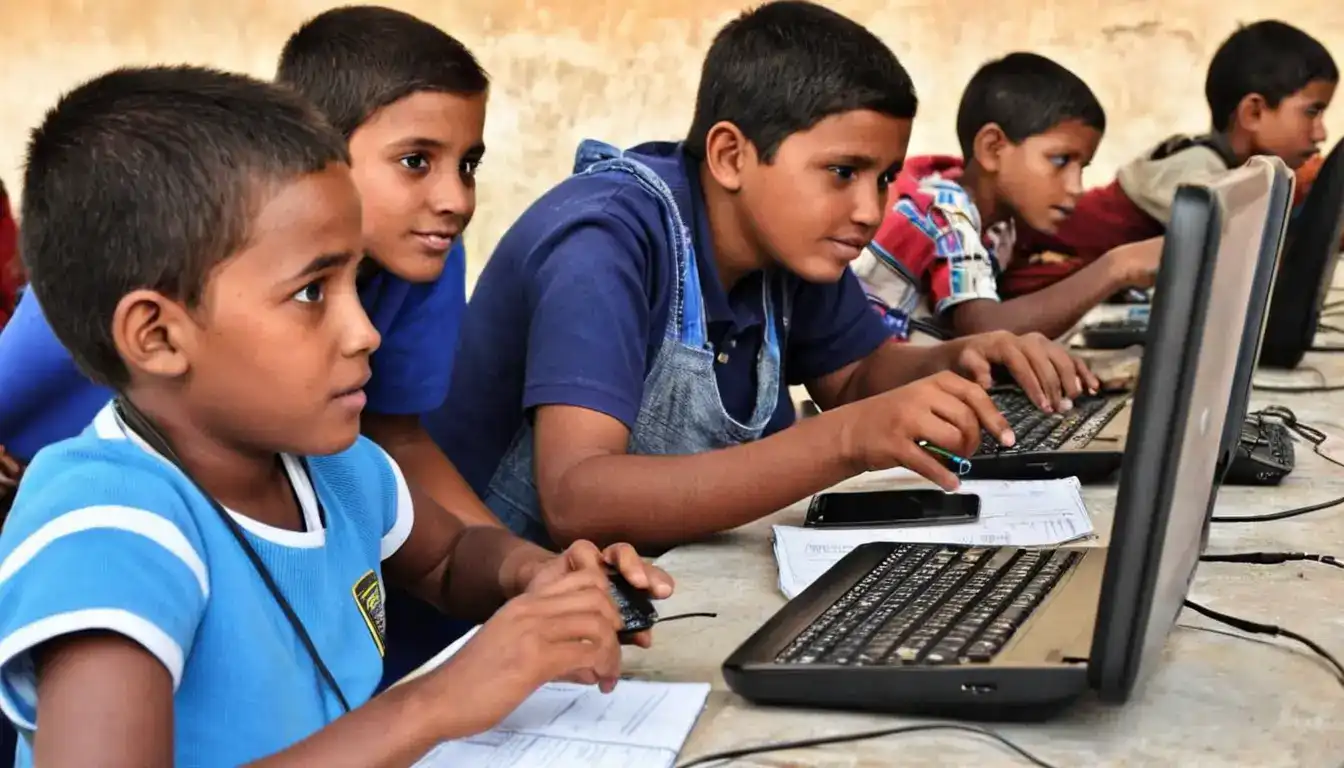
August 4, 2024
Bridging the Digital Divide: Ensuring Everyone Has Access to Technology
we can bridge this gap and create a more inclusive digital landscape.
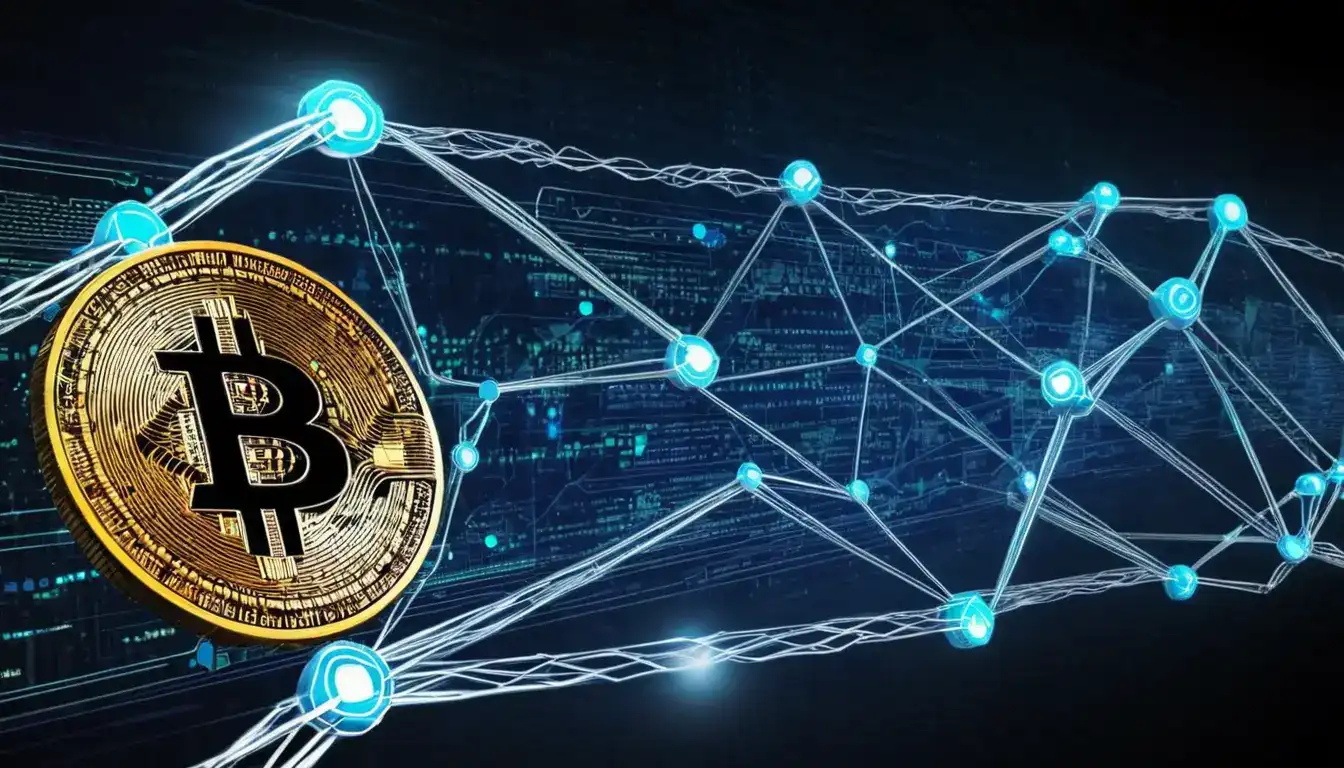
August 4, 2024
Blockchain Beyond Cryptocurrency: Innovative Uses in Various Industries
Blockchain technology is more than just cryptocurrencies like Bitcoin, it has far-reaching applications in various industries. Blockchain is a decentralized digital ledger that ensures transparency and security by recording transactions across multiple computers. It is being used innovatively in sectors such as supply chain management, healthcare, finance, real estate, voting systems, and intellectual property.
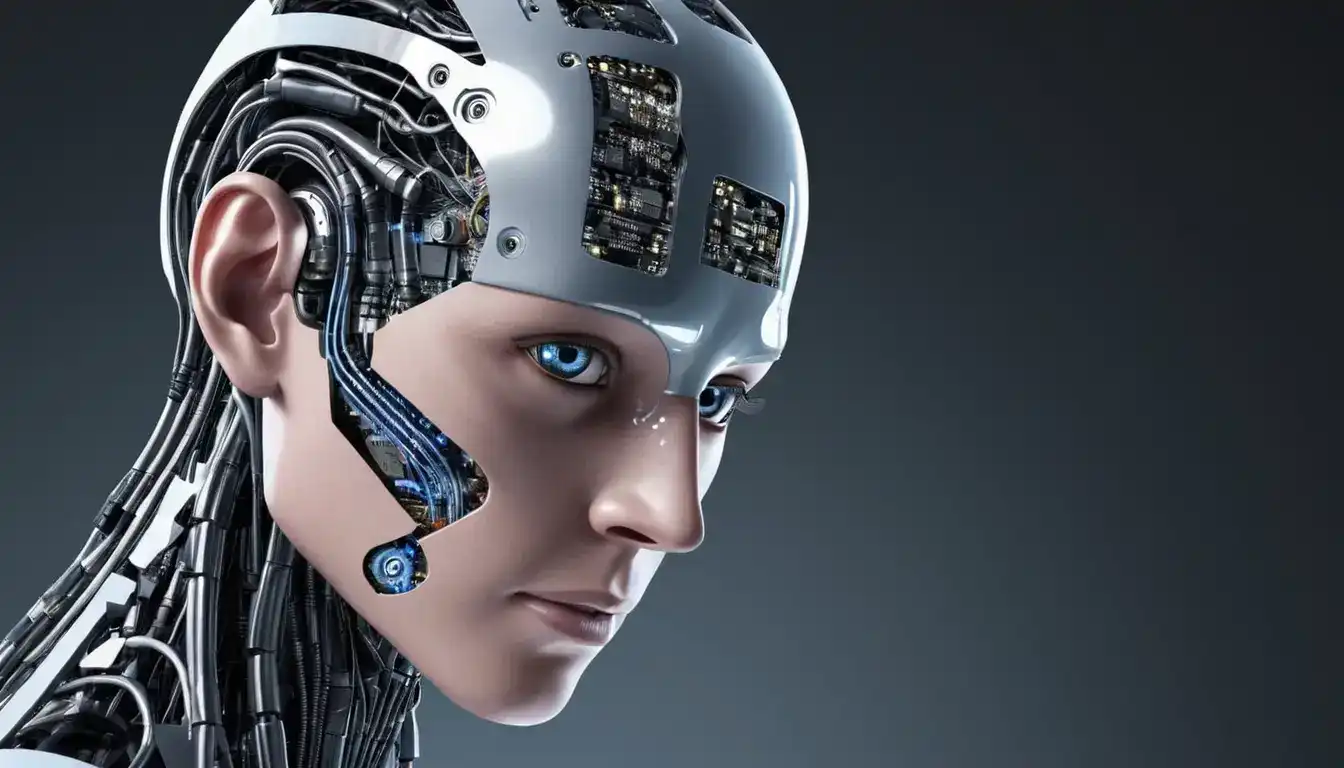
August 4, 2024
The Future of Artificial Intelligence: Opportunities and Challenges
opportunities and challenges presented by Artificial Intelligence (AI) in various sectors such as efficiency, customer experiences, healthcare, education, and economic growth. It highlights the need to address ethical considerations, job displacement, privacy issues, security risks, and regulatory challenges associated with AI.

August 5, 2024
Top Skills Every Junior Software Developer Should Master in 2024
Meta Description: Discover the top skills junior software developers need to master in 2024 to excel in their careers. From coding languages to soft skills, this blog reveals the secrets to staying ahead in the dynamic world of software development.
